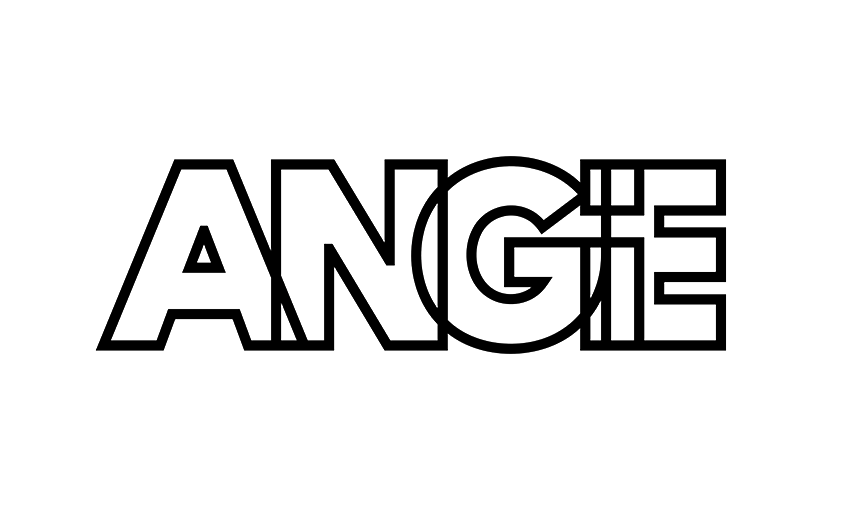Directional Blur
In this article :
Directional blur is a photographic technique used to illustrate movement within an image by creating blur along a specific direction. This method allows part of the image to remain sharp while blurring other parts, offering a dynamic sense of speed and direction. When used creatively, directional blur can transform a static scene into a lively and motion-filled representation.
Principles of Directional Blur
Directional blur occurs when the movement of the subject is captured with a relatively slow shutter speed, allowing the camera sensor to record this movement as blur along the subject’s trajectory. This type of blur is often used to:
- Emphasize Speed: Highlight the rapidity of a moving subject, such as a vehicle or athlete.
- Create an Impression of Movement: Bring scenes to life by emphasizing the fluidity and direction of motion.
Techniques to Create Directional Blur
- Adjusting Shutter Speed: A slow shutter speed is essential for effective directional blur. The ideal duration depends on the speed of the subject and the desired effect.
- Panning: This technique involves following the subject’s movement with the camera during exposure, resulting in a sharp subject against a directionally blurred background.
- Choosing the Subject and Background: Fast-moving subjects and backgrounds that contrast with the subject help accentuate the directional blur effect.
Creative Uses of Directional Blur
- Sports Photography: Captures the intensity and speed of athletes in action.
- Urban Scenes: Illustrates the fast pace of city life, with moving vehicles or pedestrians.
- Nature and Landscape: Represents the power and direction of natural elements, like cascading water or wind through trees.
Tips for Successful Directional Blur
- Practice Panning: Mastering subject tracking is crucial for achieving successful directional blur.
- Experiment with Shutter Speed: Adjust shutter speed according to the subject’s speed to capture the desired level of blur.
- Use a Tripod: For static subjects with moving elements, a tripod can help stabilize the image.
Conclusion
Directional blur is a powerful tool for photographers, allowing them to capture not just a moment but also the feeling of motion and speed that accompanies it. Whether to emphasize action in a sports scene or to add a dynamic touch to natural landscapes, directional blur invites creative exploration of movement in photography.
Jérémy Carlo is the editorial director at Rétines, where he ensures the consistency and clarity of all content produced by the studio.
Our Clients
Let’s discuss
What we do for you at Rétines
Meticulous work, an organised project and fast delivery. And to achieve this, we mobilise the right resources in our teams at the right time.
01
Pre-production
Artistic and technical direction tailored to the project.
Relevant recommendations on content, form and resources.
02
Photo Shooting
Photos taken by our experienced photographers.
Production that’s controlled, efficient and tailored to the needs of the project, with nothing superfluous.
03
Retouching
Technique
Photographs magnified by our retouching team.
Post-production to meet the commercial challenges of the brief.












